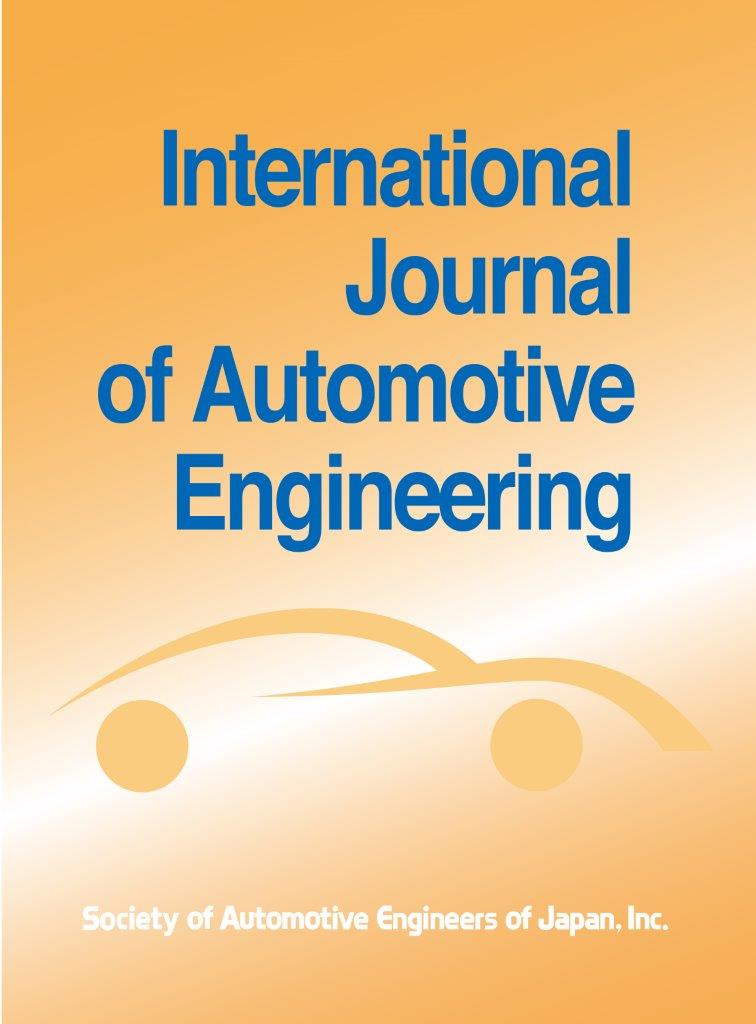Volume 13, Issue 4
Displaying 1-7 of 7 articles from this issue
- |<
- <
- 1
- >
- >|
Research Paper
-
2022 Volume 13 Issue 4 Pages 155-162
Published: 2022
Released on J-STAGE: September 30, 2022
Download PDF (1219K) -
2022 Volume 13 Issue 4 Pages 163-168
Published: 2022
Released on J-STAGE: September 30, 2022
Download PDF (2010K) -
2022 Volume 13 Issue 4 Pages 169-176
Published: 2022
Released on J-STAGE: September 30, 2022
Download PDF (949K) -
2022 Volume 13 Issue 4 Pages 177-187
Published: 2022
Released on J-STAGE: November 22, 2022
Download PDF (993K) -
2022 Volume 13 Issue 4 Pages 188-195
Published: 2022
Released on J-STAGE: November 22, 2022
Download PDF (1235K) -
2022 Volume 13 Issue 4 Pages 196-205
Published: 2022
Released on J-STAGE: November 22, 2022
Download PDF (974K) -
2022 Volume 13 Issue 4 Pages 206-213
Published: 2022
Released on J-STAGE: November 22, 2022
Download PDF (3659K)
- |<
- <
- 1
- >
- >|
